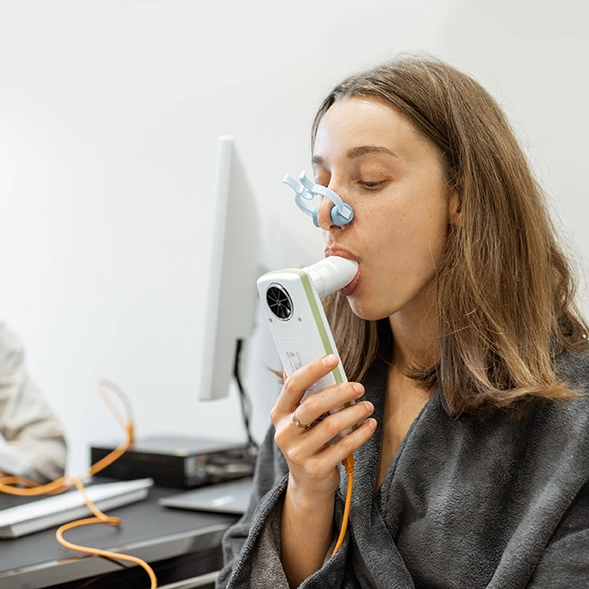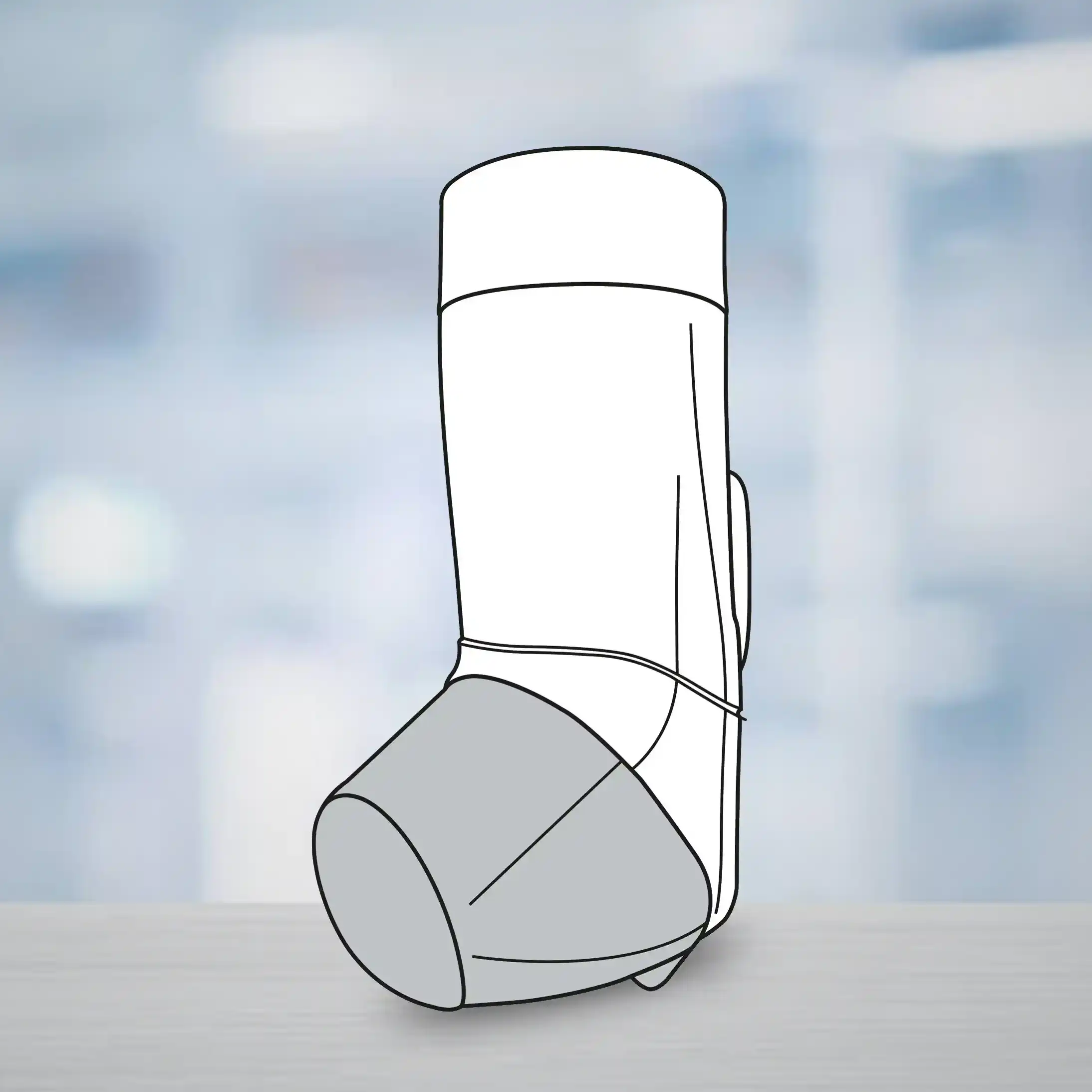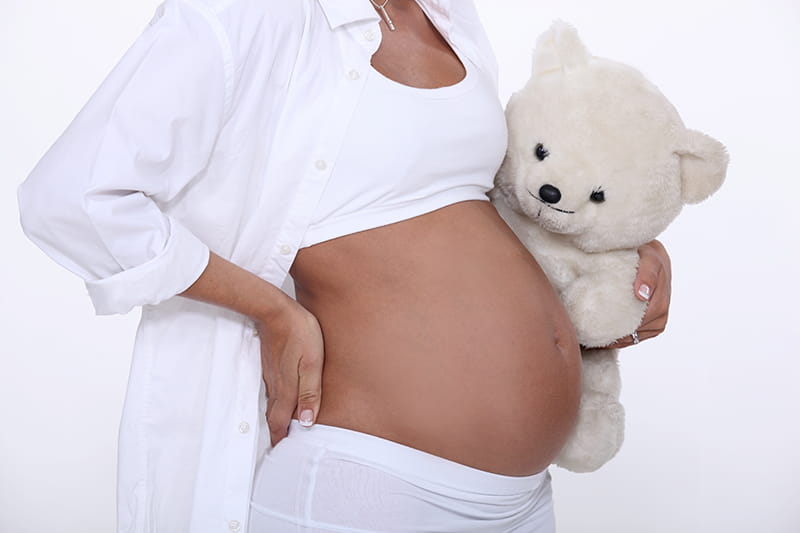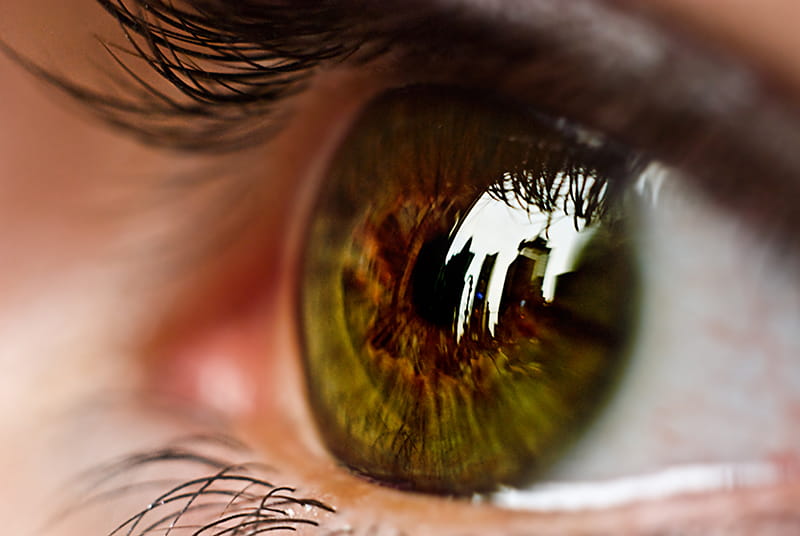Introduction
Melasma is characterized by acquired hyperpigmentation in areas of the skin that are exposed to sunlight. Treatment strategies involve topical hypopigmenting agents, such as hydroquinone (HQ), either as monotherapy or in conjunction with retinoids and/or corticosteroids. This regimen is typically complemented by using broad-spectrum sunscreens to mitigate the stimulus of ultraviolet (UV) sunlight.
Visible light can induce persistent cutaneous hyperpigmentation. Thus, sunscreens with both UV and VL protection could be useful in this condition.
Aim
To assess the influence of sunscreen with broad-spectrum UV protection that contains iron oxide as a visible light (VL)-absorbing pigment (UV-VL) compared with a regular UV-only broad-spectrum sunscreen on standard depigmenting treatment of melasma.
Patient Profile
Female patients affected by facial melasma.
Methods
- 8-week, randomized, double blind, controlled trial
- All patients received 4% topical HQ cream.
- The UV-only sunscreen was a 50+ SPF product containing mexoryl SX, XL, titanium dioxide, octocrylene, tinosorb-S, avobenzone and ethylhexyl triazone as active ingredients.
- The UV-VL product was 60 SFP and included benzophenone-3, octinoxate, octocrylene, titanium dioxide, zinc oxide and iron oxide as active ingredients.
- All participants were instructed to apply the sunscreen every 2–3 h between 8 am and 5 pm, using 2-mg/cm2 doses on melasma lesions.
- Facial use of cosmetics and daily skin care products were prohibited.
Study Outcomes
- The primary outcome measure was improvement of melasma lesions using the MASI score.
- Secondary outcomes were changes in colorimetric measurements, physician global assessment (PGA) and histological evaluation of melanin, and cell infiltrates between the start and end of the study.
- Safety was evaluated throughout the study.
Assessments
- Skin pigmentation was objectively measured using a reflectance spectrophotometer.
- At each visit, coloration changes were examined using the luminosity (L*) scale, for scores of 0 (full black) to 100 (total white); and the erythema (a*)-axis, for scores of 0–50. Improvement was assessed by from the L* axis difference (ΔL*) between average measurements of three unaffected areas 2 cm adjacent to lesions and measurements of hyperpigmented lesions (ΔL* = normal skin–melasma).
- Visual changes were recorded by digital photography at each visit.
- Physician global assessments (PGA), were scored as mild (0–25%), moderate (26–50%), good (51–75%) or excellent (> 75%).
- Two 3-mm punch biopsies were obtained in all patients, one at baseline and another at the conclusion of the study. Samples were stained with hematoxylin and eosin to determine the gross features of the epidermis and dermis, Fontana–Masson for melanin content and Wright–Giemsa for metachromatic granule of mast cells.
Results
Clinical and colorimetric outcomes
- After 8 weeks, the UV-VL group demonstrated improvements in MASI scores, colorimetric values, and melanin assessments that were 15%, 28%, and 4% greater, respectively, compared to the UV-only group
- The final average MASI scores were considerably reduced compared with initial scores for the UV-Vis and UV-only group (P < 0.001 for both). However, the final relative mean improvements were 77.8 ± 11% for the UV-Vis group, and 61.9 ± 16%for the UV-only group, which were significantly different (P < 0.001)
Figure 1: Improvement in MASI score in UV-Vis group and UV-only group.
|
Table 2: Changes in colorimetric values (L*, a*), MASI index, melanin content, mononuclear and mast cells in melasma lesions treated with 4% hydroquinone plus UV-Vis or UV-only sunscreen initially, and at the end of the study for both interventions
|
|
UV–Vis (n = 29) |
UV-only (n = 32) |
|
||
|
|
Onset |
8 wk |
Onset |
8 wk |
P |
|
ΔL* |
4.1 ± 1.7 |
2.3 ± 1 |
4.1 ± 2 |
3.5 ± 2.2 |
0.01* |
|
a* |
12.9 ± 1.5 |
13.1 ± 1.8 |
12.9 ± 1.8 |
12.9 ± 2 |
0.7 |
|
MASI score |
18.2 ± 7.9 |
4.3 ± 3.8 |
16.1 ± 8.2 |
6.6 ± 5.4 |
< 0.001* |
|
% |
– |
77.8 ± 11 |
– |
61.9 ± 16 |
|
|
Melanin fraction/mm2 |
28.8 ± 11 |
19.1 ± 8 |
27.2 ± 11 |
21.8 ± 9 |
< 0.001* |
|
% |
– |
32.8 ± 14 |
– |
19.1 ± 11 |
|
|
Mononuclear cells |
96 ± 49 |
98 ± 44 |
110 ± 43 |
114 ± 35 |
0.2 |
|
Mast cells |
14 ± 7 |
8 ± 5 |
16 ± 12 |
12 ± 10 |
0.03* |
|
Epidermal thickness (μm) |
53+16 |
52 ± 12 |
55 ± 14 |
56 ± 17 |
0.7 |
Data are expressed as mean ± SD. MASI: Melasma Activity and Severity Index (score range: 0–48). Mononuclear and mast cells were estimated in counts/mm2 for the whole specimen. *P < 0.05 (t-test).
- The relative lightening of pigmented melasma lesions from baseline to the end of the study was also significant for both groups.
- The final L* improvement in the UV-Vis group was significantly superior to that achieved by the UV-only group, while the erythema axis values (a*) exhibited no significant changes from the beginning to the end of the trial, nor did the final values differ significantly between the two groups (Table 2).
- Good or excellent responses in PGA scores were significantly better in the UV-Vis group compared to UV-only group.
Figure 2: Global physician assessment at the end of trial (week 8).
| |
Histological outcomes
- Fontana–Masson staining revealed a significant decrease in epidermal melanin in both the UV-Vis and UV-only groups, with the UV-Vis group exhibiting a greater relative improvement of 32% compared to 19% in the UV-only group (Table 2).
- While initial mean counts of mononuclear cells/mm² were comparable between the two groups, a significant reduction in the number of mast cells was observed in the UV-Vis group relative to the UV-only group; however, epidermal thickness remained unchanged following both treatments (Table 2).
Safety
- No side effects were reported during the trial for either sunscreen,
- Two patients in the UV-Vis group and three in the UV-only group presented mild and transient facial irritation from HQ within the first 4 weeks of use.
Conclusion
UV-VL sunscreen improves the depigmenting effectiveness of hydroquinone in the treatment of melasma, in contrast to UV-only sunscreen. These results indicate that visible light may play a role in the pathogenesis of melasma.
Reference
Photodermatol Photoimmunol Photomed 2014; 30: 35–42










